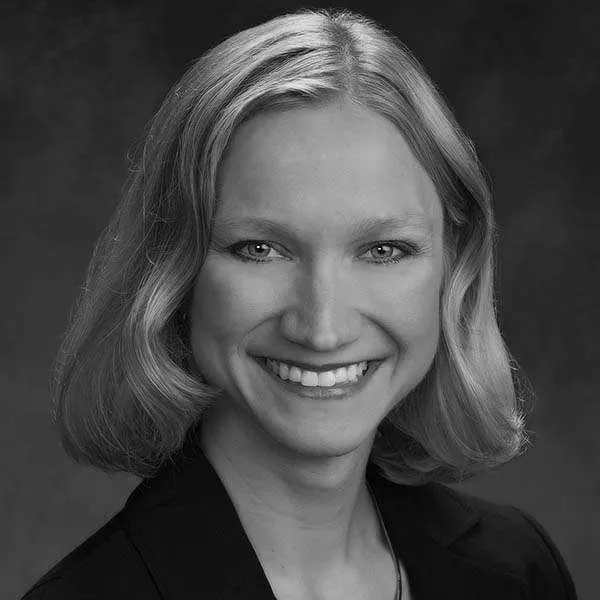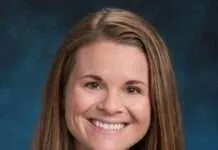Artists and medical personnel both know the importance of art. The famous nurse Florence Nightingale once said, “Variety of form and brilliancy of color in the object presented to patients are an actual means to recovery.” Elaine Poggi, Founder of the Foundation for Photo/Art in Hospitals agrees and stated “The mood changes when our beautiful nature photos are placed on the walls, providing color, comfort, and hope to patients, caregivers, and loved ones.”
Before COVID, the walls of my exam rooms featured some of my favorite art. Each room had a different, deliberately chosen theme. One theme was photographs of the Grand Tetons and Canyon De Chelle taken by Ansel Adams. Canyon De Chelle is on the Navajo reservation where I did a rotation as a resident. Another room was filled with an Asian mural and photographs of my time in South Korea when I was a student ambassador for South Dakota State University at their sister school in Taejon, South Korea. My third exam room had circus posters and pictures of Baraboo, Wisconsin, hometown of the Ringling Brothers, and the location where I did my residency training.
The art helped break the ice with patients and allowed me to share a special part of myself and my life with them. It also provided my patients with something to look at while waiting for me to come into the room. It gave us something to talk about other than their illness or why they came to the doctor that day. As part of the discussion, I learned about my patients’ travels, their love of photography, or memories of going to the circus as a child. Each picture was an opportunity to share a common bond.
COVID forced those pictures off the walls and into storage. The rooms were stripped of anything extraneous that could potentially become contaminated. My exam room walls are now blank and sterile; the rooms seem a little colder and less inviting. There is less color and joy in the rooms. Without art, we tend to jump into the clinic visit topic without first connecting as people. I didn’t realize what a big difference the loss of art on the walls could make until it was gone.
Dr. Rachel Naomi Remen said “At the deepest level, the creative process and the healing process arise from a single source. When you are an artist, you are a healer: a wordless trust of the same mystery is the foundation of your work and its integrity.” Photographer Prakash Ghai explained it much more succinctly when he stated, “Art heals both the creator and the viewer.” I miss my art and cannot wait until I can once again hang some healing on my exam room walls.
Jill Kruse, D.O. is part of The Prairie Doc® team of physicians and currently practices family medicine in Brookings, South Dakota. For free and easy access to the entire Prairie Doc® library, visit www.prairiedoc.org and follow Prairie Doc® on Facebook featuring On Call with the Prairie Doc® a medical Q&A show streaming most Thursdays at 7 p.m. central.



